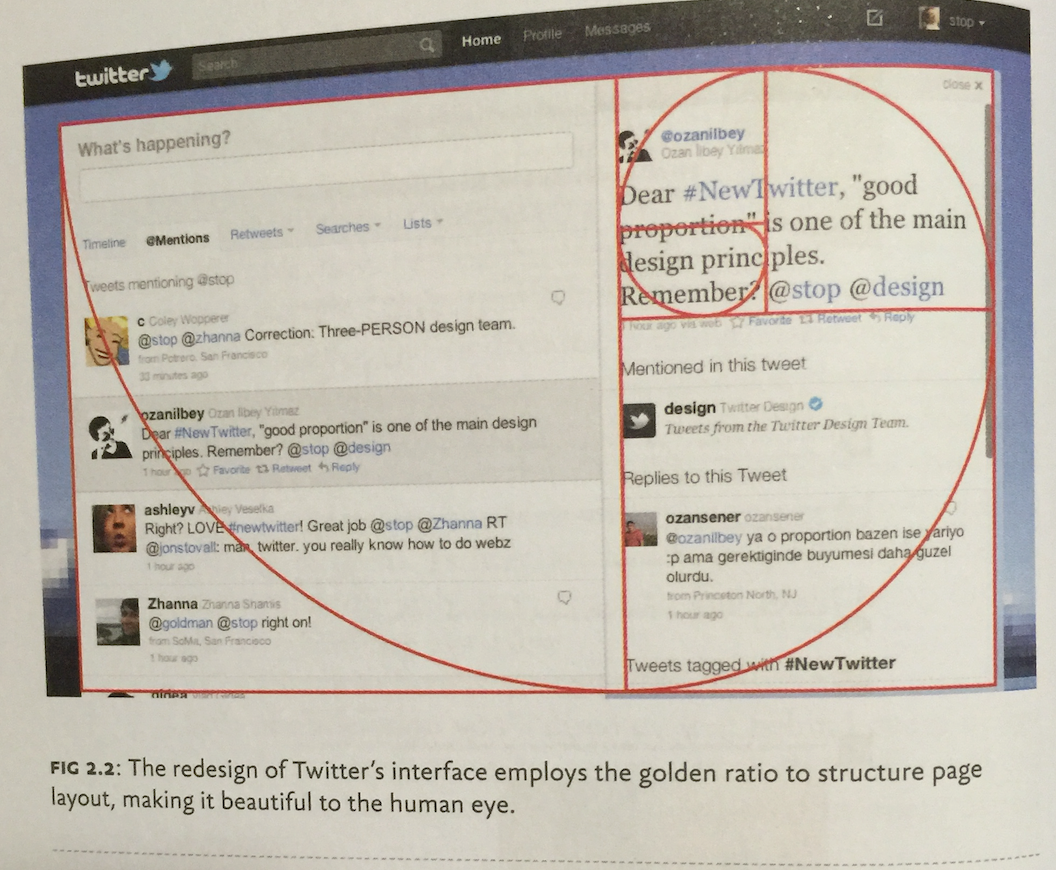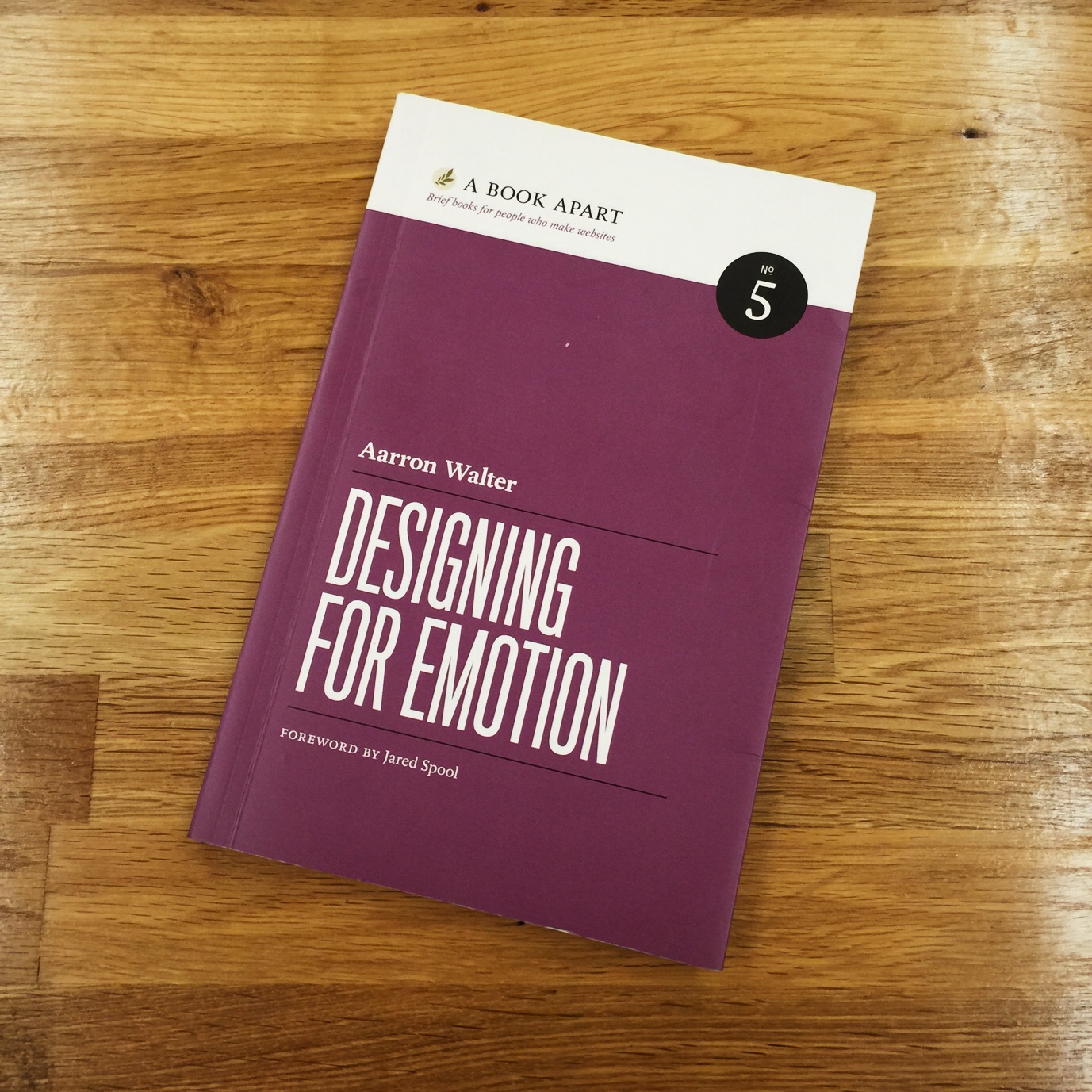Designing for Emotion by Aaron Walter
These are notes I took for future reference while reading “Designing for Emotion” Link to the book
1/ Emotional Design
What is Emotional Design?
[Using] psychology and craftsmanship to create an experience for users that makes them feel like there is a person, not a machine, at the other end of the connection.
The founders of the arts & crafts movement often acknowledged that craftsmen left a bit of themselves in their work. In software, spending a couple minutes playing with an app should give you a sense of the people who designed and built the product.
The Basics
An interface mus be usable: It should be relatively easy to perform basic tasks quickly, without a lot of relearning.
Usability typically has been the pinnacle of interface design. Emotional Design takes it one step further and asks “What if an interface could help you complete a critical task and put a smile on your face?”
Usable = Edible
Think back to the best meal you’ve ever had… What made it so memorable? Was it the taste and texture of the food? Was it the unexpected pairing of flavors? Was it the artful presentation, attentive wait staff, and ambiance? Chances are, many of these factors worked in concert to elicit an intense emotional response?
Usable interfaces = edible food. We should strive for more than just food that is edible - but also pleasurable.
Wufoo (Example)
Wufoo uses
- primary colors on each page
- sans serif type faces
- informal tones
- minimal number of hard edges
It was really depressing to see so much software designed to remind people they’re making databases in a windowless office.
- Kevin Hale, UX Design Lead for Wufoo
Betabrand
You must let your brand’s personality show. Users should relate to your design as if it were just another human being.
2/ Designing for Humans
Twitter’s use of the golden ratio in their timeline redesign:

Re: CTA’s - if everything yells for your viewer’s attention, nothing is heard.
3/ Personality
If your website were a person, who would it be? Is it serious, buttoned up, all business, yet trustworthy and capable? Is it a wise-cracking buddy that makes even mundane tasks fun?
The goal is to create a personality like in the classic “Get a Mac” ads.
// YouTube link
Copy examples: Success message: “High fives! Your list has been imported.” Error message: “Oops, looks like you forgot to enter an email address.” Critical failure: “One of our servers is temporarily down. Our engineers are already on the case and will have it back online shortly. Thanks for your patience.”
4/ Emotional Engagement
Have you ever noticed that hearing your favorite song on the radio seems so much more enjoyable than when you play it yourself? Surprise amplifies our emotional response. When we anticipate a moment, the emotional response is diluted across time. A moment of surprise compresses emotion into a split second, making our reaction more intense and creating a strong imprint on our memory.
5/ Overcoming obstacles
Appearance greatly influences perceptions. You would trust a bodyguard in a perfectly pressed black Armani t-shirt versus a dude in ripped up jeans and a tie-dye Grateful Dead t-shirt.
6/ Forgiveness
Your audience performs an internal cost/benefit analysis every time you ask them to complete a task.
